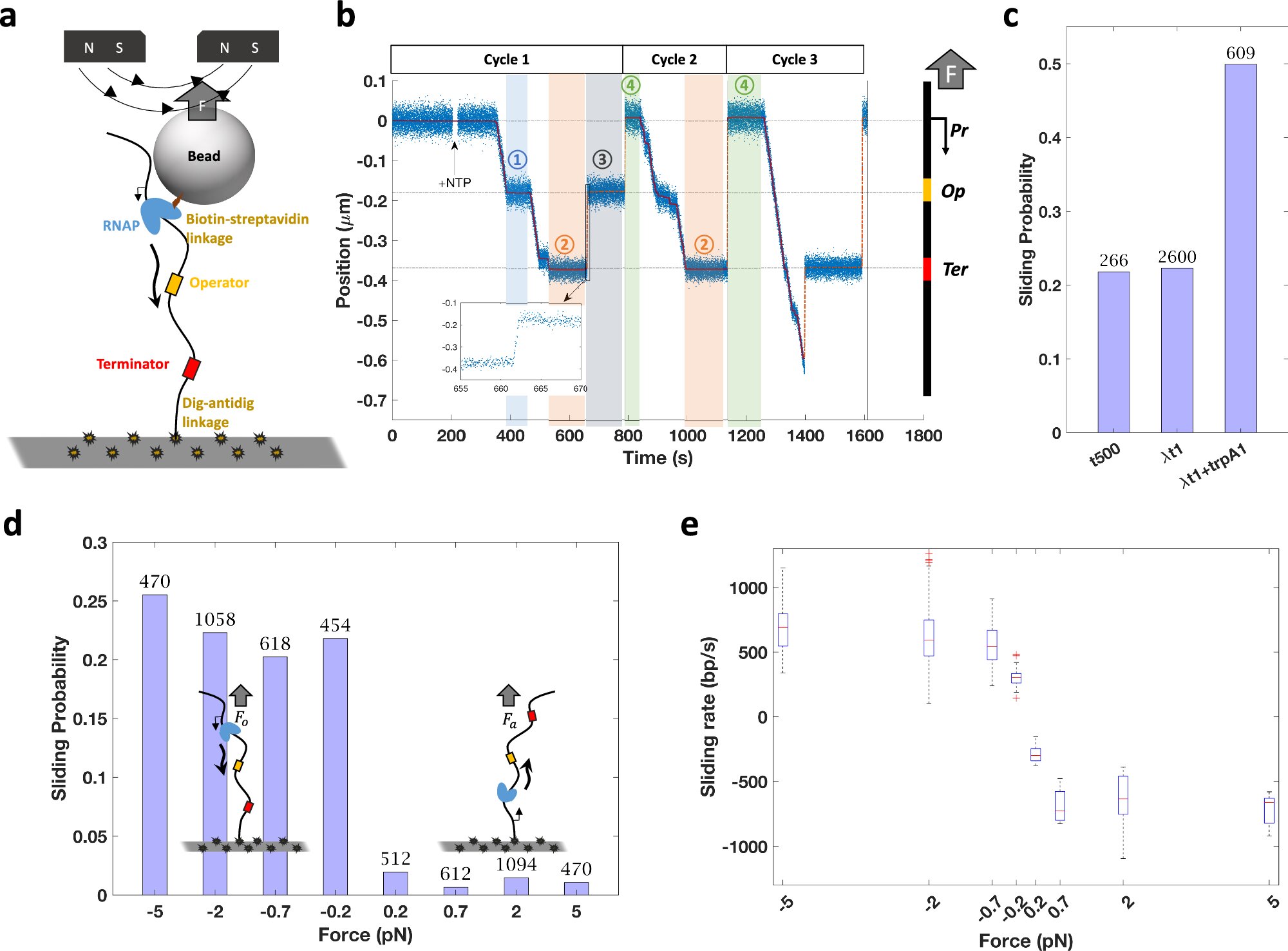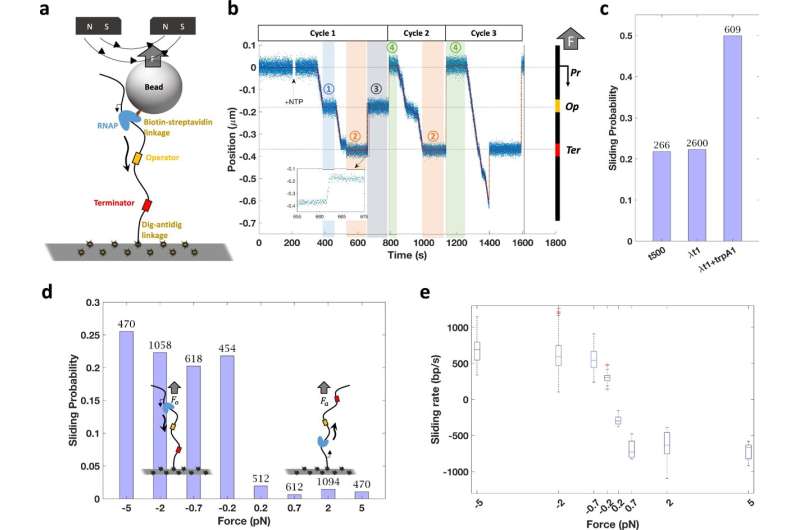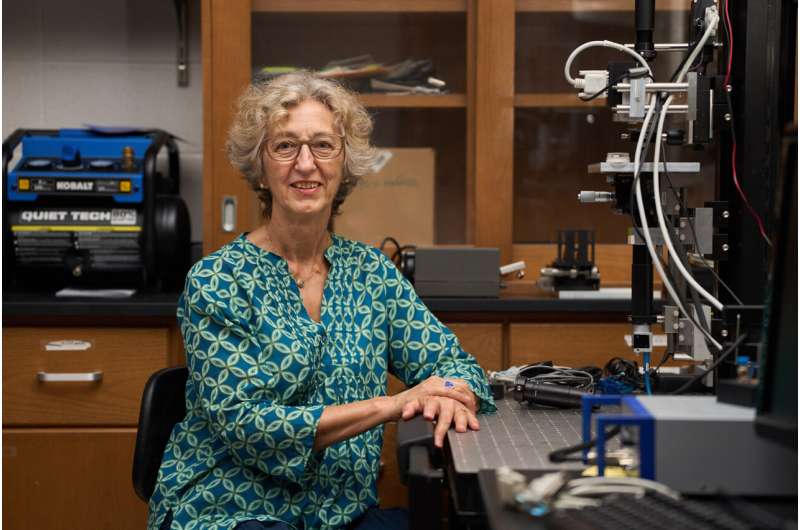

The genome inside each of our cells is modeled by tension and torsion—due in part to the activity of proteins that compact, loop, wrap and untwist DNA—but scientists know little about how those forces affect the transcription of genes.
“There are a lot of mechanical forces at play all the time that we never consider, we have very little knowledge of, and they’re not talked about in textbooks,” said Laura Finzi, the Dr. Waenard L. Miller, Jr. ’69 and Sheila M. Miller Endowed Chair in Medical Biophysics at Clemson University.
Transcription is the process by which a cell makes an RNA copy of a segment of DNA. One type of RNA, called messenger RNA (mRNA), encodes information to make proteins required for the structure and functions of cells or tissues.
RNA polymerase (RNAP) is a type of protein that produces mRNA. It tracks processively along double helical DNA, untwists it to read the base pair sequence of only one strand and synthesizes a matching mRNA. Such “transcription” of a gene begins when RNAP binds to a “promoter” DNA sequence and ends at a “terminator” sequence where the mRNA copy is released. The canonical view of termination holds that after releasing the mRNA, RNAP dissociates from the DNA.
A team of researchers led by Finzi and including David Dunlap, research professor in the Clemson Department of Physics and Astronomy, have, for the first time, demonstrated how force plays a role in an alternative to canonical termination. Their research is published in the journal Nature Communications.

Using magnetic tweezers to pull RNAP polymerase along a DNA template, the researchers were able to show that upon reaching a terminator, bacterial RNA polymerase may remain on the DNA template and be pulled to slide backward to the same or forward to an adjacent promoter to start a subsequent cycle of transcription. Thus, the direction of force determines whether a segment of DNA may be transcribed multiple times or only once. Finzi and Dunlap report that this force-directed recycling mechanism can change the relative abundance of adjacent genes.
Furthermore, they found that the ability of a sliding RNAP requires the C-terminal domain of the alpha subunit to recognize a promoter oriented opposite to the direction of sliding. These subunits “allow it to stay on track, flip around and grab the other strand of the DNA double helix where another promoter might be,” she said. Indeed, with the alpha subunits deleted, flipping around to oppositely oriented promoters did not occur.
A thorough understanding of the molecular mechanisms that regulate transcriptional activity in the genome may identify therapeutic alternatives in which RNAP might be modified to suppress certain proteins and prevent disease.
Finzi said there might be locations in the genome where recycling is more frequent than others, but that is still unknown.
“My hope is that one day we will have a spatio-temporal map of forces acting on the genome at various times during the life cycle of various types of cells in our organism. Our research highlighting the effect of forces on the probability of repetitive transcription may then help predicting and plotting, in a heat map sort of way, the different levels of transcription of different genes,” Finzi said.
More information:
Jin Qian et al, Force and the α-C-terminal domains bias RNA polymerase recycling, Nature Communications (2024). DOI: 10.1038/s41467-024-51603-3
Provided by
Clemson University
Citation:
Research provides new insights into role of mechanical forces in gene expression (2024, October 1)
retrieved 1 October 2024
from https://phys.org/news/2024-10-insights-role-mechanical-gene.html
This document is subject to copyright. Apart from any fair dealing for the purpose of private study or research, no
part may be reproduced without the written permission. The content is provided for information purposes only.